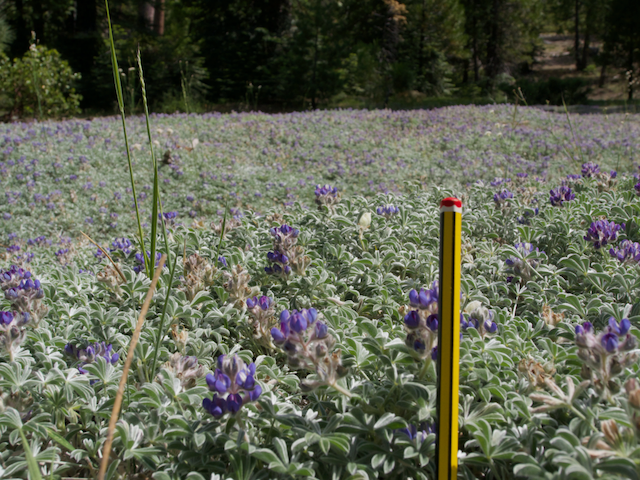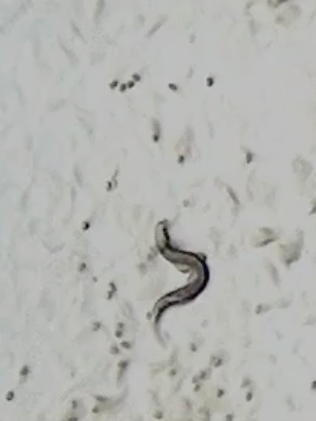RESEARCH PROJECT
Title
Deleterious and compensatory mutations and their role in evolutionary radiations
Date
2022–2025
PI
Dr. Bruno Nevado




Summary
Biological diversity is unevenly distributed across space, time and taxonomic groups. This disparity is particularly evident in evolutionary radiations – episodes of rapid diversification during which dozens to hundreds of new species form in a short period of time.
Recent work has focused on mechanisms which provide the genetic variation underpinning evolutionary radiations. However, the mechanisms responsible for the evolution of reproductive isolation between species in evolutionary radiations remain poorly understood, and are the focus of this project.
We will combine analysis of genomic data from evolutionary radiations in Lupinus spp. with experimental evolution in C. elegans to test the hypothesis that rapid speciation in evolutionary radiations can be driven by fixation of epistatic deleterious and compensatory mutations in diverging lineages.
Keywords
Speciation; Genomics; Experimental evolution
Partners
University of Zurich; University of Oxford; University of California, Santa Barbara.
Funding
This project is funded by the FCT (DOI:10.54499/PTDC/BIA-EVL/2398/2021), with additional support from the SYNTHESYS+ project and the Sargent Award from the Arnold Arboretum, University of Harvard.

